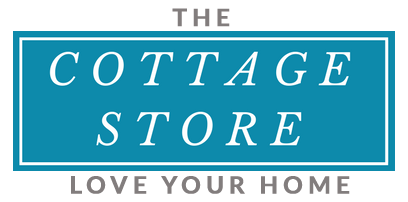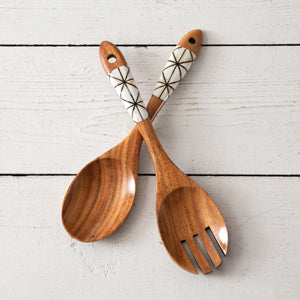
Creating a visually stunning and delicious charcuterie display on a two-tiered tray is an art that requires careful consideration of the ingredients you choose. From selecting the perfect cheeses and olives to choosing the best cured meats, there are several factors to keep in mind to elevate your charcuterie board and impress your guests. In this comprehensive guide, we will delve into the world of charcuterie and explore the best foods to elevate your charcuterie board on a two-tiered tray, with a special focus on cheese, olives, and cured meats. We will also discuss unique considerations to enhance the presentation and create a show-stopping charcuterie spread.
Choosing the Perfect Cheeses for Your Charcuterie Board Cheese is a crucial component of any charcuterie display, adding rich flavors, creamy textures, and visual appeal to the spread. Here are some key factors to consider when selecting the perfect cheeses for your charcuterie board:
-
Variety: Aim for a diverse range of cheeses to offer a well-rounded selection. Include soft, semi-soft, and hard cheeses to provide a variety of flavors and textures. Some popular choices include brie, camembert, gouda, cheddar, blue cheese, goat cheese, and aged parmesan.
-
Flavor Profile: Consider the flavor profiles of the cheeses and aim for a balance of mild, medium, and bold flavors. This will provide a variety of taste sensations for your guests. For example, you can include a mild brie or camembert for creamy and buttery notes, a medium cheddar or gouda for nutty and slightly tangy flavors, and a bold blue cheese or aged parmesan for strong and tangy notes.
-
Color and Shape: The color and shape of the cheeses can add visual interest and create an appealing presentation on your charcuterie board. Opt for cheeses in different colors, such as white, yellow, and blue, to create contrast and variety. Also, consider the shape of the cheeses when arranging them on the tray. You can cut some cheeses into cubes, wedges, or slices, while leaving others whole or partially sliced for a visually appealing display.
-
Texture: Texture is an important aspect of cheese that can add depth and interest to your charcuterie board. Include cheeses with different textures, such as creamy, crumbly, or firm, to provide a sensory experience for your guests. For example, you can add a creamy brie or camembert for a smooth and spreadable texture, a crumbly blue cheese for a contrasting texture, and a firm cheddar or gouda for a satisfying bite.
-
Seasonality: Consider the seasonality of the cheeses when planning your charcuterie board. Some cheeses may be more readily available and at their peak during certain times of the year. For example, fresh goat cheese or burrata may be perfect for a summer charcuterie board, while a hearty aged cheddar or gouda may be ideal for a winter spread.
Here are some suggestions with the trays we offer!
Bird and Birch Two Tiered Tray – The Cottage Store
Two-Tier White and Black Metal Tray – The Cottage Store
Three-Tier Feminine Farmhouse Display Stand – The Cottage Store





